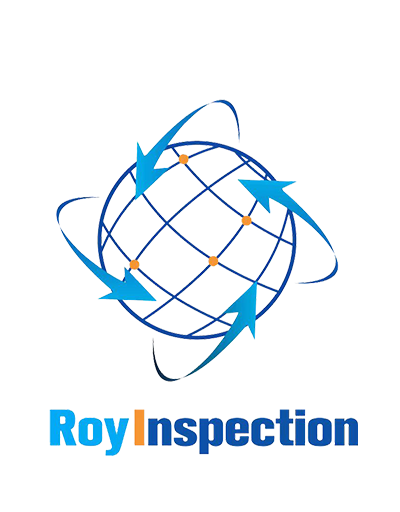What is Brand Certification with Textile Exchange?Brand certification with Textile Exchange is a process that evaluates textile companies and their products to ensure they meet sustainable and socially responsible standards. Brands may seek certification to prove to their consumers that they are taking steps towards creating a more sustainable and ethical supply chain. Textile Exchange offers several certification programs to help brands achieve these goals.Global Recycled StandardThe Global Recycled Standard is a certification program that verifies recycled content in products. The certification ensures that products with recycled content are true to their claims and meet environmental and social criteria. The GRS certification considers materials, chemicals, traceability, and environmental performance.Organic Content StandardThe Organic Content Standard certifies organic content in products. The certification provides a clear chain of custody for organic products and helps consumers identify organic materials in finished products. It promotes transparency and traceability in the textile supply chain.Responsible Wool StandardThe Responsible Wool Standard certification program recognizes best practices in animal welfare and land management. The program ensures that wool is ethically sourced, taking animal welfare and environmental factors into account. It also ensures traceability and good business practices for wool production.Recycled Claim StandardThe Recycled Claim Standard is a certification program that verifies recycled content in products. The certification ensures that products with recycled content are true to their claims and meet environmental and social criteria. The RCS certification considers materials, chemicals, traceability, and environmental performance.Content Claim StandardThe Content Claim Standard certification program verifies the accuracy of product claims for organic, recycled, and other content. The certification ensures that products meet the standards set by the Organic Content Standard and the Recycled Claim Standard.Benefits of Brand Certification with Textile ExchangeThe benefits of brand certification with Textile Exchange include:Robust and credible certification programs that promote sustainability and ethical practicesCredibility for brands seeking to prove their sustainability commitments to consumersFostering transparency and traceability in the textile supply chainMeeting sustainability reporting requirements for brands, investors, and other stakeholdersCertification ProcessThe certification process for each Textile Exchange program is similar. Brands must submit an application and agree to the certification terms and conditions. The brand undergoes a third-party audit to ensure compliance with program standards. If the brand passes the audit, they are granted certification and can use the certification logo on their products and marketing materials.ConclusionBrand certification with Textile Exchange helps companies prove their sustainability and ethical commitments to consumers. The certification process is rigorous and promotes transparency and traceability in the textile supply chain. With several certification programs to choose from, brands can find the program that best aligns with their sustainability goals.Quote InquiryContact us!










